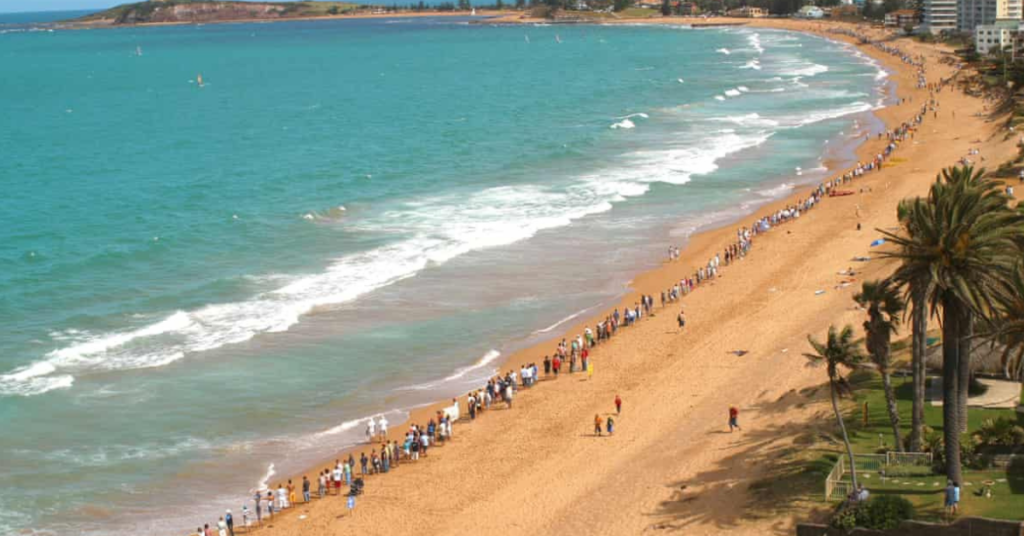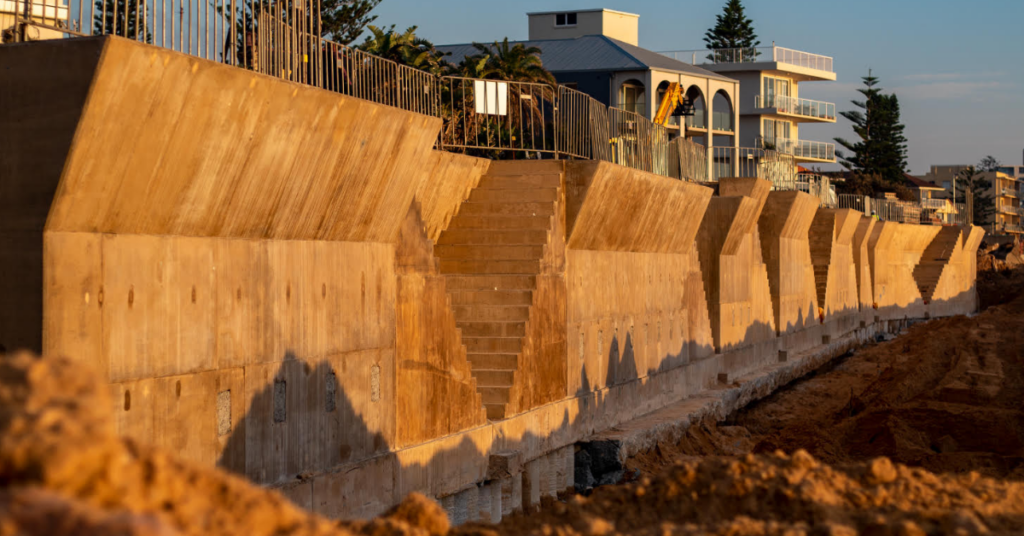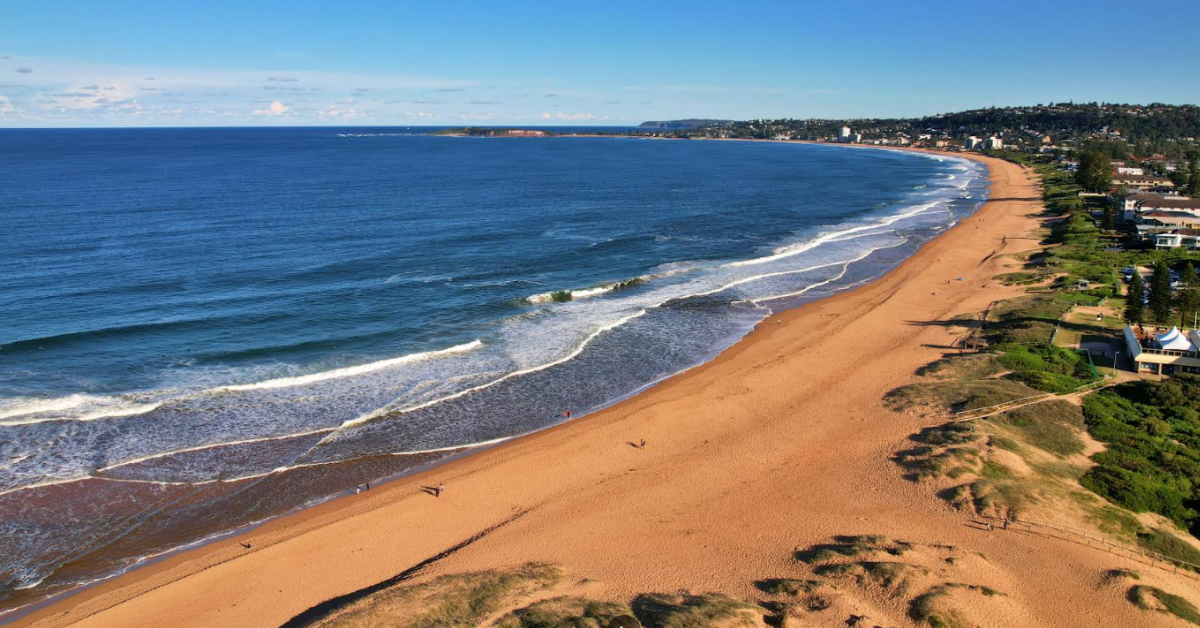The iconic Narrabeen surf breaks are at risk of vanishing within decades, as a controversial seawall at neighbouring Collaroy continues to divide the community.
The Seawall’s Impact

The construction of a seven-metre high concrete seawall, designed to protect beachfront homes from the severe erosion experienced in 2016, has sparked concerns about its long-term effects on the surrounding beaches. Coastal scientist Andrew Short predicts that the wall, while currently providing protection, will eventually lead to the permanent loss of the beach as sea levels rise and natural sand movement is disrupted.
According to Short, the natural cycle of sand deposition and erosion, which has historically maintained the beach, is now being impeded. He suggests that the wall will cause the beach to disappear more frequently, eventually leading to a point where there is no beach left, just a seawall.
Community Division and Costs
The seawall construction has placed a significant financial burden on affected homeowners, who were required to contribute 80 per cent of the costs, amounting to over $300,000 each. Some residents have expressed frustration, stating they were pressured into building the concrete wall and were denied the option of using rock revetments. One anonymous homeowner stated that they did not want a seawall, but the council did not allow them to use rocks. They were also told they had to build the wall block by block.
However, other residents believe the seawall effectively protects their properties and was built in consultation with engineers. One resident stated that the claims that the wall is causing damage are misguided and misinformed. Northern Beaches Council acknowledges the historical risk to properties built on the dunes, and they claim that the beaches have recovered from erosion over time. The council also claims that the wall is being used for shade by beachgoers.
Environmental Concerns and Future Predictions

Research commissioned by the Surfrider Foundation has raised concerns about the impact of climate change and rising sea levels on surf spots like North Narrabeen. The organisation’s chief executive, Steph Curley, highlighted the risk to the Australian beach lifestyle, stating that action on climate change is crucial to protect these areas. A coastal scientist, Andrew Short warned that the decision to prioritise private property protection over public land sets a problematic precedent for coastal management.
He stated that the rising sea levels will cause beaches around the coast to erode, and if every threatened house is protected, beaches will become rocky coasts with seawalls. Ben Short, a North Narrabeen Boardriders Club member, observed a decline in surf quality in recent years and noted the increasing temperatures in the region. Locals have also noticed changes, with one resident, Geoff, who has lived in Collaroy for 30 years, saying that sand used to wash up on Pittwater Road, but now with houses and the seawall, erosion has worsened.
Another resident, Todd Hammond, stated that the wall has meant that locals sometimes cannot walk the length of the beach. Mick, a resident of 50 years, said that beach erosion discussions have only become more prevalent in the last 15 years, and that development near sand dunes has increased the issues.
Need for National Action
Andrew Short has emphasised the need for federal intervention to address the widespread issue of coastal erosion, stating that it is a national problem that requires significant resources.
He said every state has places at risk, and that rising sea levels will worsen the situation. The council spokesperson has stated that the 2016 storms required action, and all coastal protection works have been subject to environmental impact assessments.
Published Date 26-March-2025








